
Some use this motorcycle riding technique: others shouldn't
Is doing it while downshifting good or bad for your motorcycle?
It's a classic gesture, almost instinctive for many riders. Right when downshifting, a small throttle blip. You've heard it on the street, on the track, in YouTube videos... But what is it for? Does it improve riding? Does it protect the mechanics? Is it useful on all motorcycles?
Let's explain it, and at the same time understand how a bidirectional quickshifter, which does something very similar but automatically, works. Along the way, let's see how the slipper clutch is involved in this matter.

Matching speeds: The key is in the gearbox
When you downshift, the two shafts in the gearbox —the primary, which spins at engine speed, and the secondary, which spins according to the wheel— must synchronize to a new ratio.
If you simply release the clutch, the engine has to accelerate abruptly to adapt to that lower gear. That jump in revs is transmitted to the transmission with a small mechanical jolt.

Giving a touch of throttle just before releasing the clutch reduces that difference in revolutions. The gear engages more smoothly and the transmission suffers less.
How does a motorcycle gearbox work?
In motorcycles with conventional gearboxes, gears don't engage by moving cogs, but rather by coupling gears that are always in contact through sliding rings with dogs (the well-known "dogs" or "pawls").
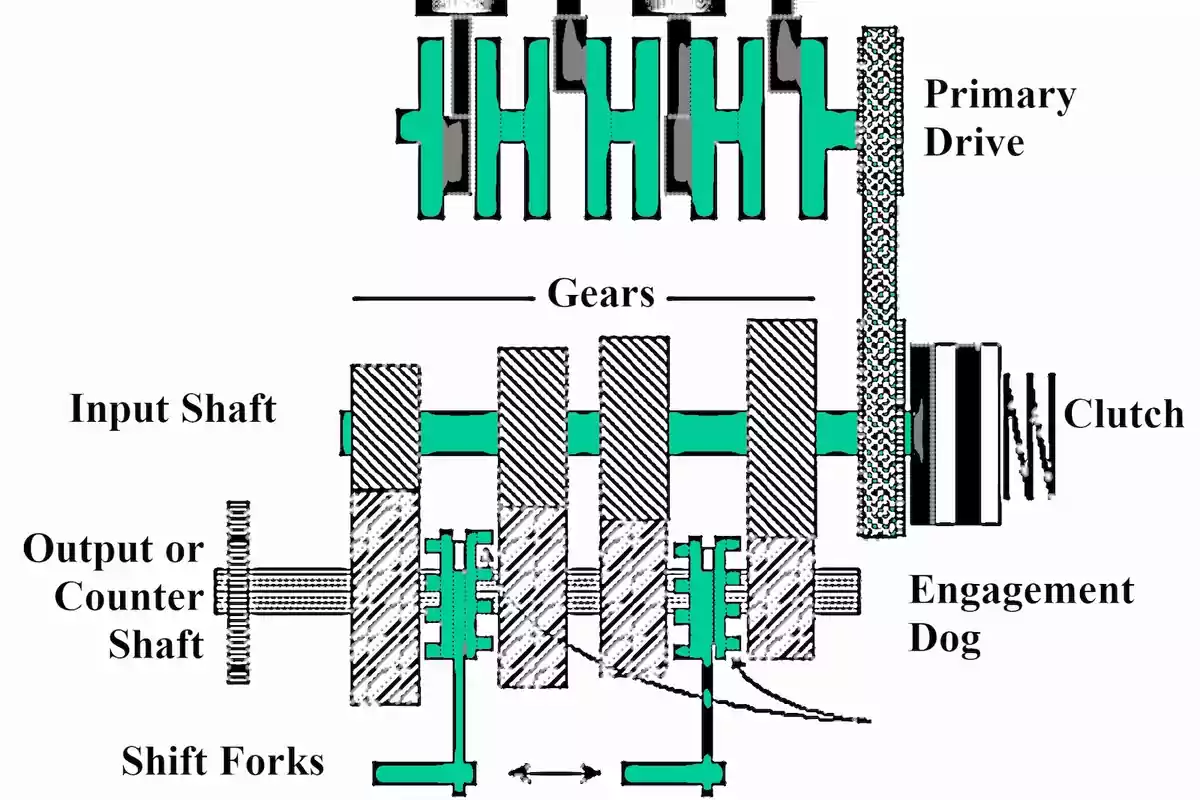
When you select a gear, those dogs must fit precisely. If there's a big speed difference between both shafts, that fit isn't clean, it can be "harsh" and can cause wear or even gear jumps if there's no synchronization.
In classic motorcycles or those without electronic aids, that gesture also helped prevent rear wheel lockup when downshifting aggressively. Today, with slipper clutches in most modern motorcycles, that risk is minimal.
What exactly does the slipper clutch do?
This system incorporates a ramp mechanism in the clutch hub. If there's too much engine braking when downshifting —that is, if the engine is spinning too slowly compared to the wheel— those ramps slightly separate the clutch plates.
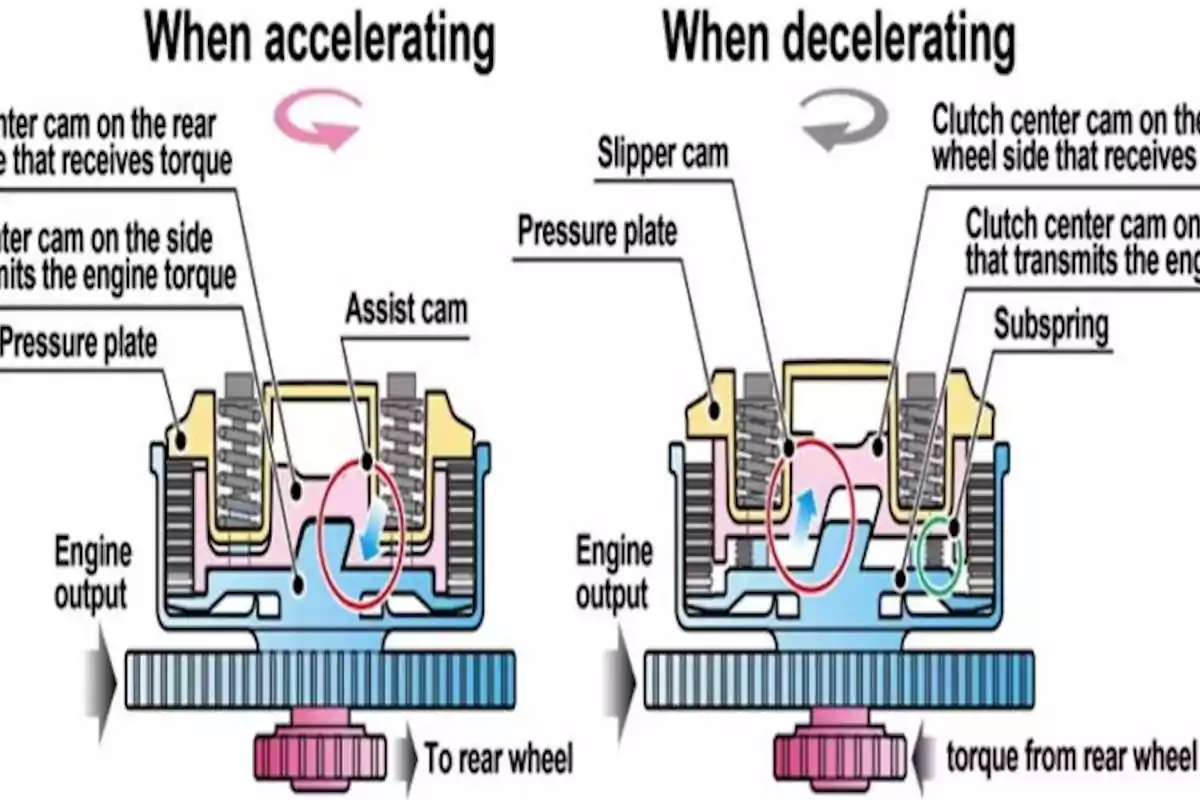
This way, the engine braking effect is reduced and it prevents the rear wheel from skidding or getting out of line. The system only acts when necessary and doesn't interfere with the normal operation of the clutch.
So nowadays, that throttle blip is no longer vital for safety. It does improve the feel and smoothness of riding.
What if my motorcycle has a bidirectional quickshifter?
In modern motorcycles with a quickshifter for upshifting and downshifting, all this is done automatically.
The system detects pressure on the lever, cuts ignition and injection for a fraction of a second. Then it downshifts, and gives a small throttle blip (electronic blip) to match engine revs before re-engaging.
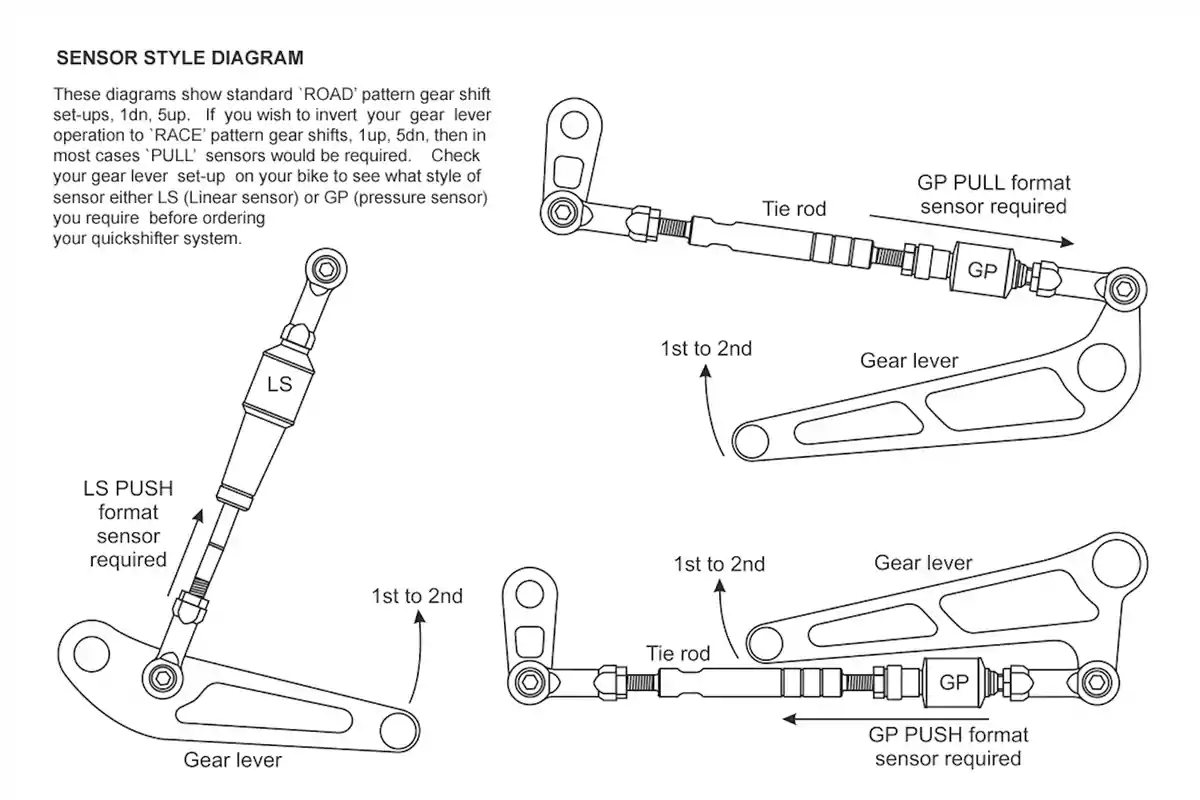
That is, it does exactly what we used to do with the clutch and wrist. But better, faster, and with no margin for error.
However, not all quickshifters are equally precise, and on more basic motorcycles they can cause jerks if the system isn't well calibrated.
Is it always advisable to blip the throttle?
No. There are important exceptions.
On motorcycles with a longitudinal crankshaft —like BMW boxers or Moto Guzzi V2s—, that throttle blip causes a lateral reaction when accelerating. It's not serious, but it can slightly destabilize the motorcycle if you're leaning or braking hard.
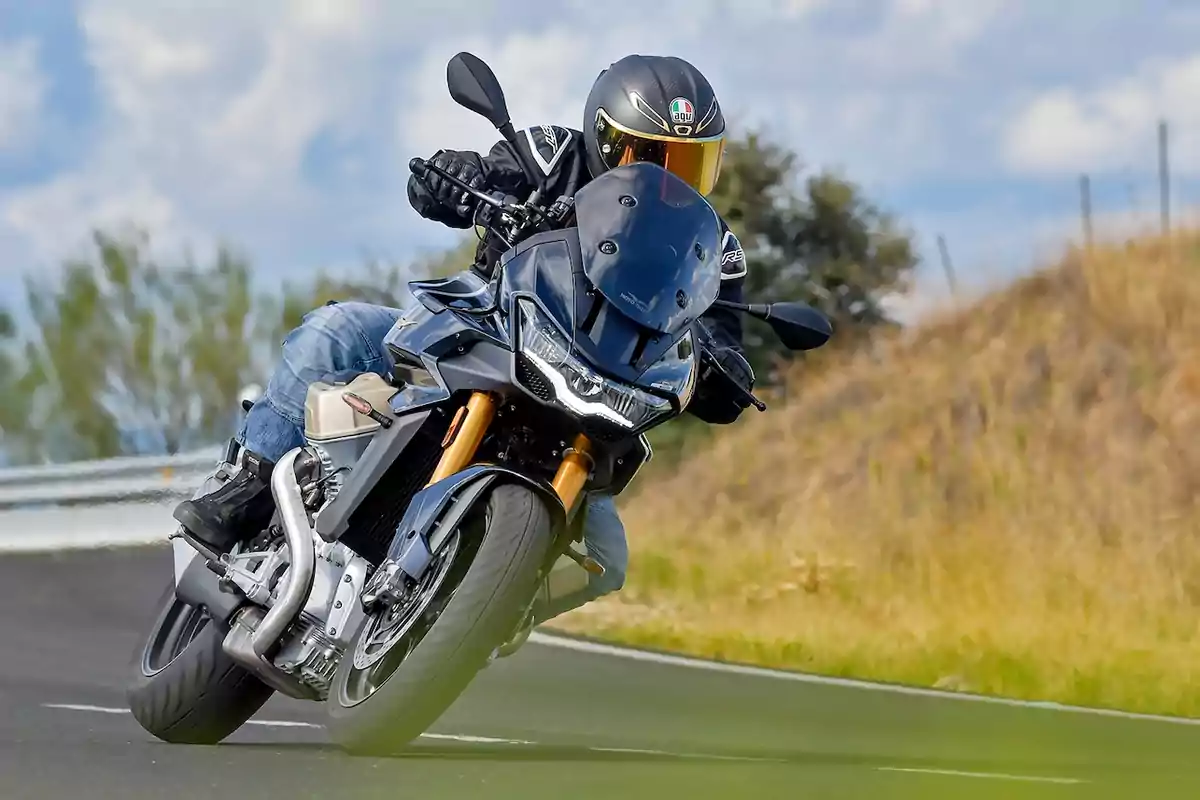
On those motorcycles, it's usually more advisable to downshift smoothly, without throttle blips. In this type of motorcycle you have a rather heavy crankshaft spinning quickly to one side.
If you pull the clutch and blip the throttle, what you do is cause that huge mass to accelerate to one side.
Logically, the motorcycle will jerk to that side. The logical thing on these motorcycles is to accompany the downshift with exquisite clutch feel.
I remember what "el Profe", Andrés Pérez Rubio, excellent mechanic and even better rider, and one of the guys who knows the most about sporty Guzzis from the '80s, used to say. According to him, you can enter any corner very fast and very precisely with a Guzzi. If you do it that way and get the hang of it,

Also in the city or in slow traffic, blipping the throttle can be unnecessary or annoying. In those cases, the best thing is a smooth downshift with the clutch, without any flourishes.
Do you have to learn how to do it?
It's not mandatory, but it is advisable. Even if your motorcycle has a quickshifter or slipper clutch, understanding and practicing this technique improves your mechanical sensitivity. In addition, it prepares you to ride any motorcycle, even one without electronic aids.
If one day the quickshifter sensor fails, you'll know how to keep riding just as smoothly.
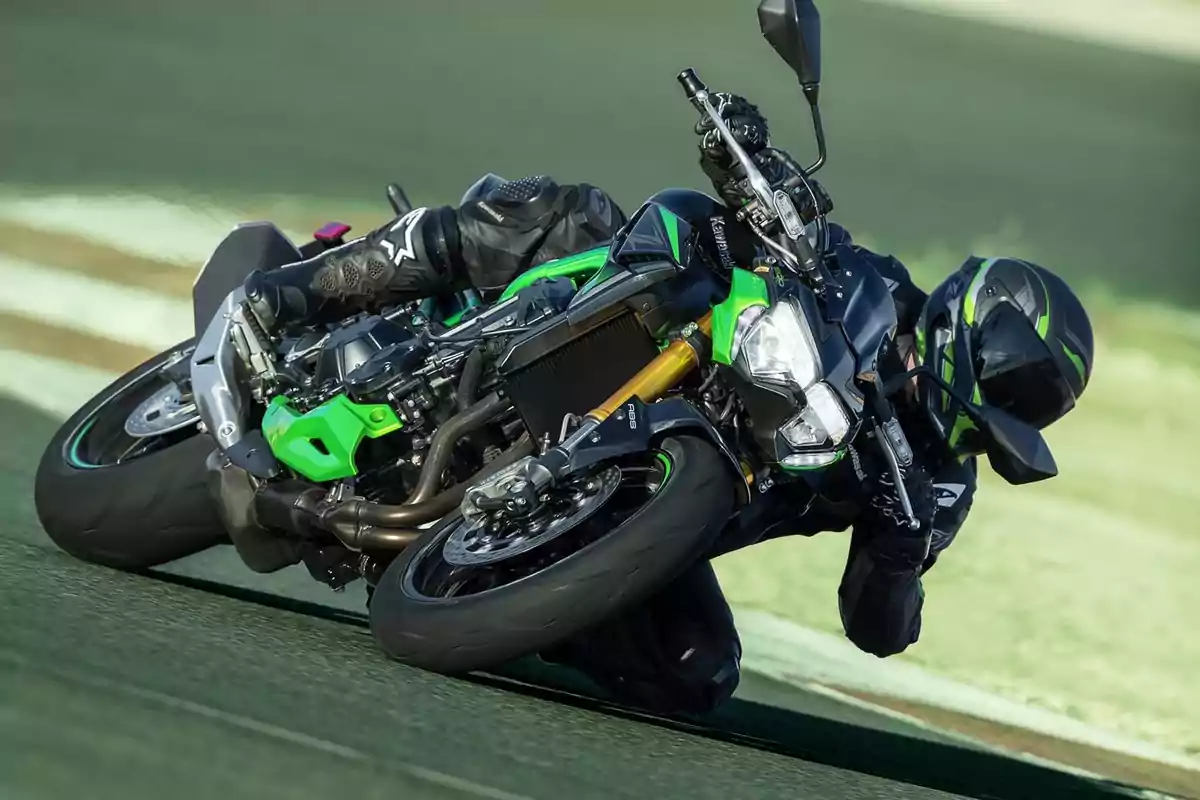
Conclusion: A small gesture with technical purpose
Blipping the throttle when downshifting is a technique inherited from classic riding that still has value. Not so much for safety as for mechanical smoothness and precision.
Today, modern systems like the bidirectional quickshifter do it for you, but knowing what's happening inside makes you a better rider.
However: it's not a universal rule. On some motorcycles, like those with a longitudinal crankshaft, it's better to avoid it. Because, as with almost everything in motorcycling, it depends on how, when... and what you're riding.
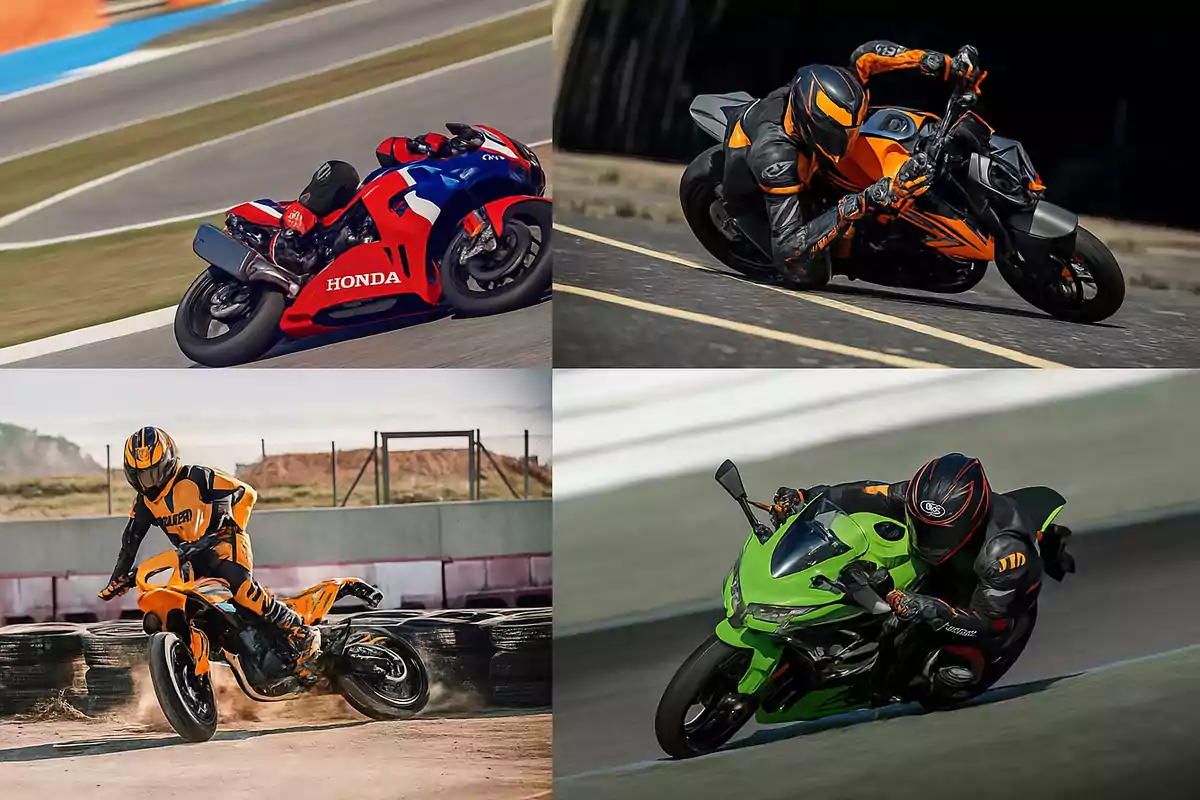
More posts: